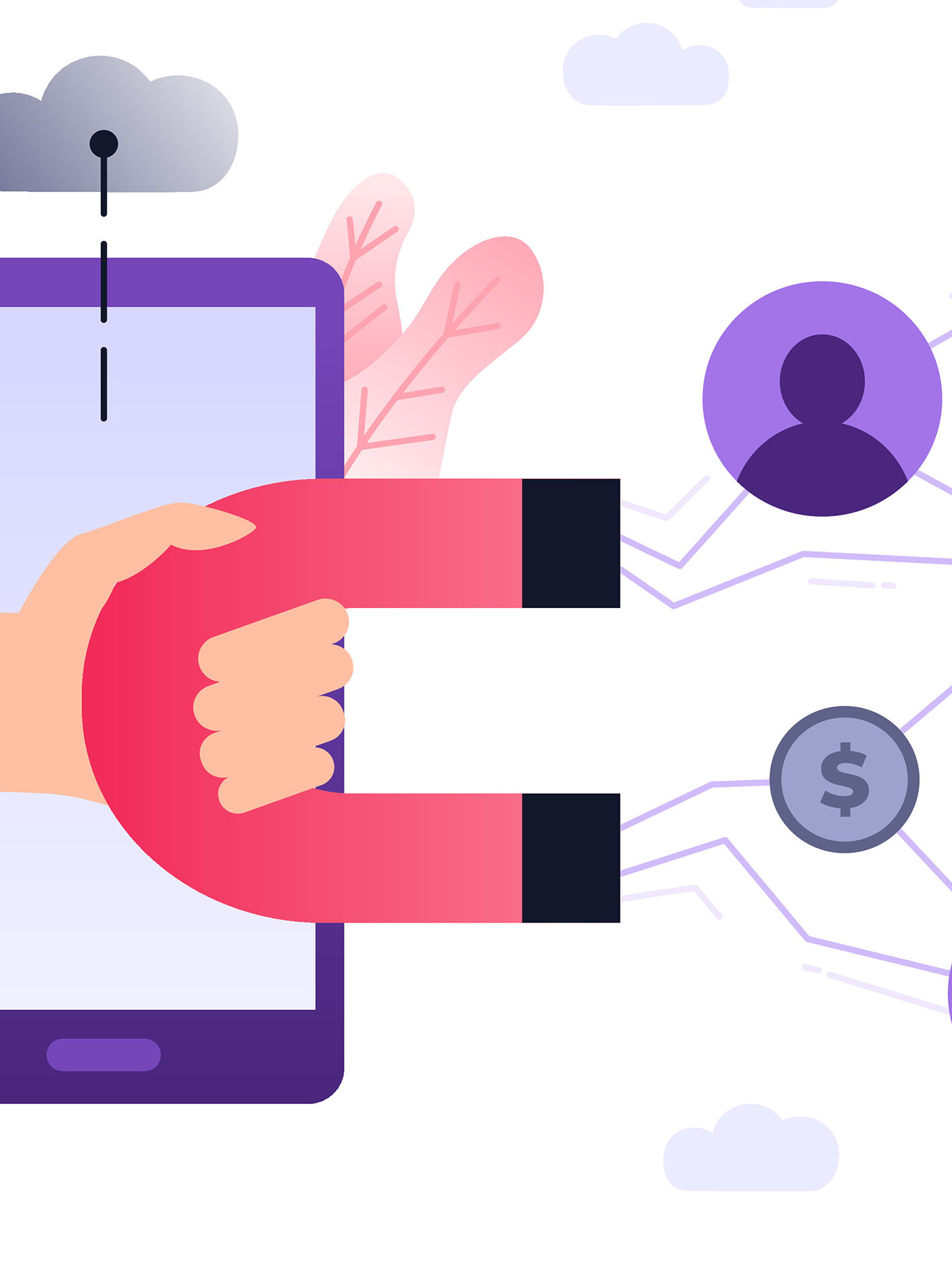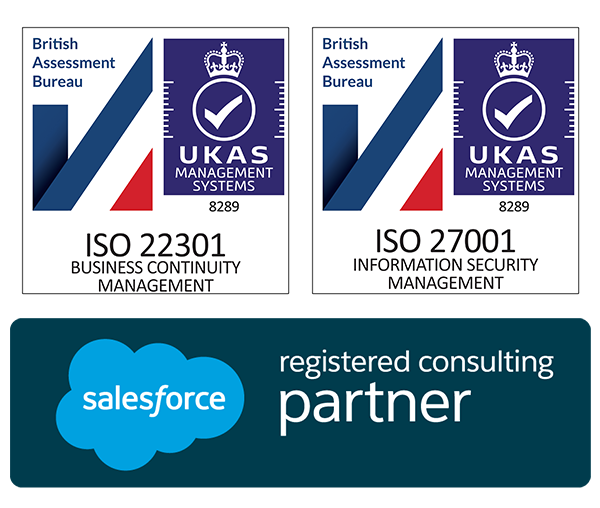
Driving User Adoption

One of the things you may hear about CRM projects is how often they struggle. A key part of that is driving user adoption. It also has the added benefit of being a fundamental building block to retention. In a recent survey, US-based Merkle Group Inc. estimated that 63% of projects in large organisations fail. However, the same survey also showed that the organizations who had successfully implemented projects saw clear benefits and real business value. So how do you make sure that you also get to reap the benefits and avoid an adoption failure?
What is user adoption & why is it important?
Put simply, it’s getting people to use your solution:
- In the way that it is supposed to be used
- On a regular and consistent basis
- While understanding the value in doing so
If they don’t understand the final point, they won’t do the first 2.
Project teams can sometimes spend months building and refining what they think is the perfect solution, but if the users can’t see that on rollout then it will never be a success, or in the least, it will take a lot more time and effort to make it so.
When is it important to think about driving user adoption?
From day 1 and for all days going forward.
However, at different stages of software implementation and steady-state it is more or less important, so let’s look at why that is and how to tackle it.
Project Kick-off
The best way to get adoption early is to build your project team of people that will be fundamental to its success. That means everyday users that will be willing or even likely to be difficult. Having these people involved in scoping workshops, testing and shaping the solution builds ownership. This in turn makes it less likely that these people will be blockers or naysayers when your solution goes live.
It is also beneficial to make rollout a consideration at this early stage, regardless of the length of your delivery. Having an outline plan for how the rollout will happen puts this on the plan and on the project teams radar early to show how important it is.
End-User Testing
Consider getting some of your users that aren’t part of the project team involved in ‘End User Testing’. This will take a different shape depending on the size of your project. You will need clear click paths and you will need to brief the users properly first as to their objectives. If your delivery is taking good shape this can start to get the users excited about the delivery. If it throws up issues at least you know this now and you can address them prior to launch. If you do this, it’s important to have a ‘futures list’ to capture additional feedback and ideas so that these can be collected for a future phase and not throw your original requirements off course.
Training
Your approach to training users will for most be their first impression of your solution and all your hard work. Putting structure and thought into the story you tell, the click paths you will follow will all strengthen the experience for users. Think about whether you want your training to be a trainer-led session or whether you will be getting users to complete tasks first hand. Different approaches will work well depending on your use case.
Change Management
People won’t take everything in during training. It will take time for them to adjust successfully to new processes and ways of working. Be prepared for this. Have resources and help points that people can call on in this period until they feel comfortable
Senior Buy-In
I have talked a lot about this previously but unless end users can see that senior leaders care about the success of the change they will often not adopt it, so making sure the rollout is a focus topic in management meetings at all levels really helps to support adoption across the business.
All in all, implementing an effective CRM adoption program is not easy and it does take time and resources. But, it is clear that organizations need to take action to protect their CRM investments. By following some of the tried and true best practices above, we are sure that you will come far in driving user adoption.




